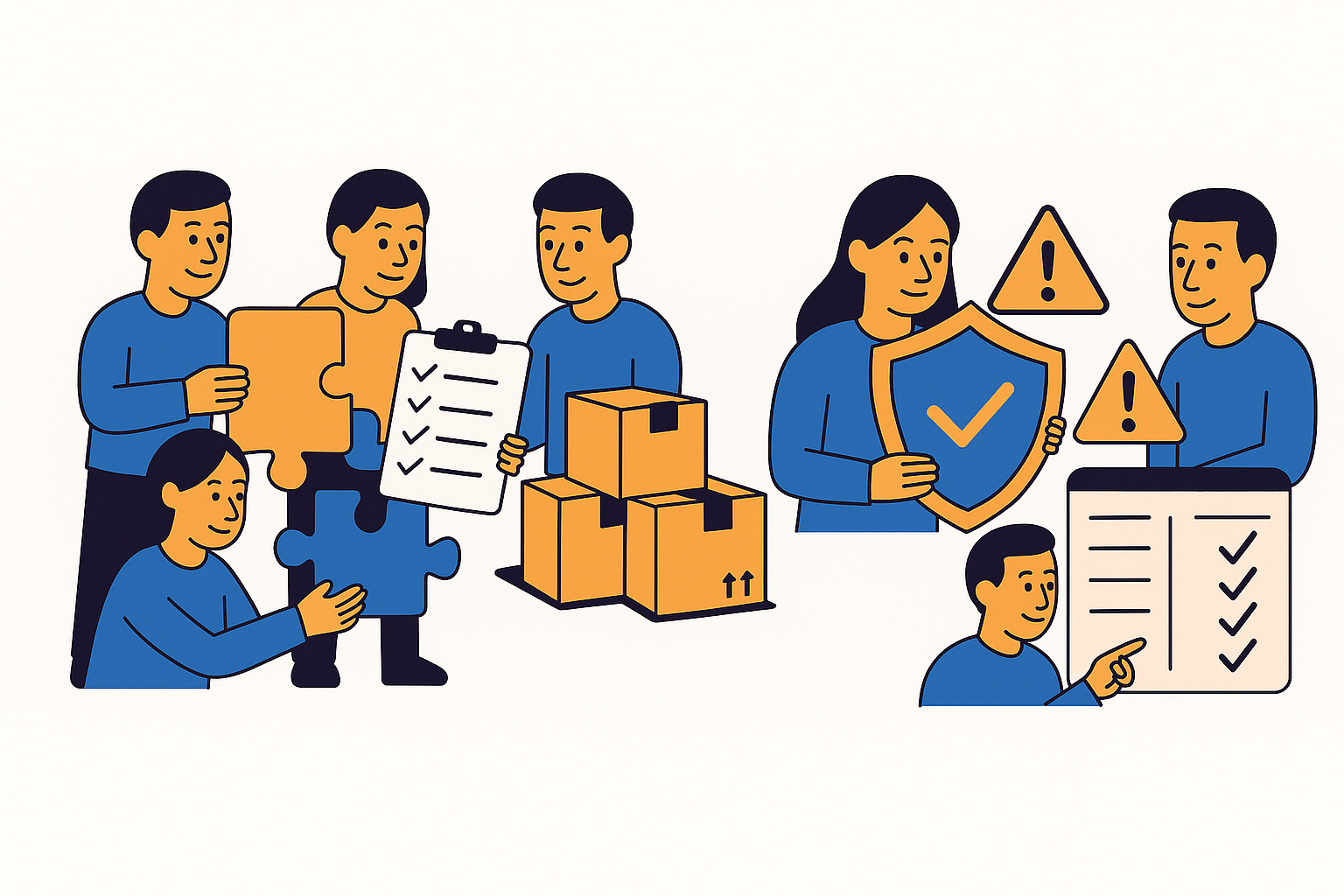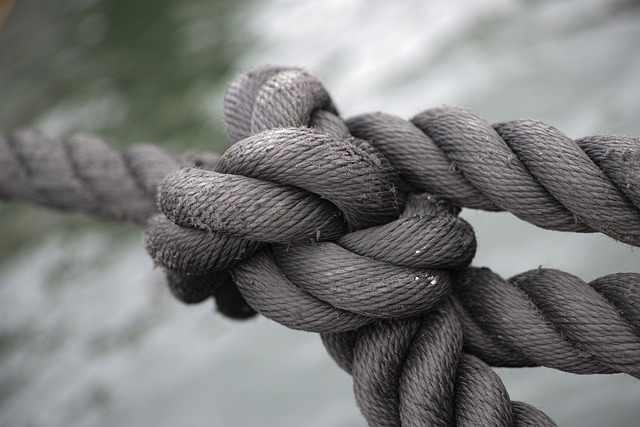In this Article:
Try Kanbanchi now
Start your free trial

In the modern work environment, it is virtually impossible to navigate all tasks and processes even without some form of project management tool. Knowing the project management stages will help you lead any project to success.
While a Project Manager can be handy to your company, they may not be the right fit for all types of businesses, especially those employing a Lean project management approach. Other companies might not yet be ready to invest in having a project manager.
However, not having a project manager on your project team doesn’t mean you should enter your future projects blind and without knowledge of best practices, making the most well-informed decisions.
According to the PMBOK – Project Management Body of Knowledge, created by the Project Management Institute (PMI), the 5 Project Management Stages are usually defined as:

Each project begins with its conception and initiation when you evaluate whether to proceed with it at all. Next comes the planning phase, in which you will determine how the project will be carried out, identify the team members, and create a plan.
The third stage, execution, is when you will work on the actual project. Control typically occurs concurrently with execution and involves monitoring progress and performance. Lastly, the closing phase is when you will tie the loose ends and hand over your deliverables.

A project is initiated with its definition. That can be a business case or a project charter. It is during this initiation phase that feasibility studies should be conducted to determine whether the project will move forward.
If you decide to move forward with the project, this is the time to create a project initiation document (PID). This document serves as the basis for your project and will help outline several of its central aspects. In addition to your business case or project charter, some key elements the PID should cover include the project’s objectives, magnitude, and scope, a draft of the project organization (including a timeline, responsibilities, and project limitations), and its stakeholders.
*It is important to remember that the PID is a project plan. Its content is not necessarily final, and it doesn’t have to include details of execution or technicalities. Those can be figured out during the planning phase.

Out of all the five project management phases mentioned, project planning is arguably the most important one. A good and thorough project plan can set you up for success. On the other hand, poor project planning can be the downfall of any enterprise. You don’t want to underprepare when creating your project plan.
During the project planning phase, you will need to refine the aspects of the project outline created during the initiation stage. At this point, you will need to define a budget for your project, establish a somewhat final timeline and milestones, although adjustments are likely to be required and create processes for execution and progress measurement.
Planning is also the time to develop a communication plan. That essentially consists of determining who needs to know what and when they will need to know it. Additionally, you should establish a channel of communication. If your project involves external stakeholders, the plan should also include the communication that affects them.
For example, if you are developing a project for a client, you should determine specific dates to report your progress to them. If you are outsourcing some tasks in the project, your communication plan should include the type of information you need to share with these external collaborators, as well as the deadlines for their tasks.
A risk management plan is also an essential part of the planning process. Anticipating potential problems and how to address them will reduce the likelihood of issues arising and also enable you to have a pre-established process in place for dealing with them.
Before you start executing the project, you should also define the tools and metrics you will use to monitor progress, key performance indicators, and budget. If you’re looking for a project management tool, consider using our Kanbanchi App. It is the most highly Google-integrated app, featuring a friendly interface that is extremely easy to learn.

Simply put, the project execution phase involves carrying out your plan. At this stage, you will produce the end product or deliver the service of your project. This is the busiest stage of the entire project life cycle, as the whole team undertakes its activities.
If you are developing software, for example, this is when all the coding will happen. Generally, execution also tends to be the longest phase of a project, although it can vary. During execution, the project manager should ensure that everything is running smoothly and according to plan.
Although listed separately, project execution and control are usually parallel phases of the project management process. The project’s progress must be monitored throughout the entire process.

To ensure the seamless execution of the project, project managers need to maintain a clear view of the big picture. The person in charge of the project, whether a project manager by trade or not, should continually monitor the progress of tasks and promptly address any unforeseen issues and delays that may arise. In addition to ensuring the schedule is being followed, they should adhere to the planned budget as closely as possible.
During project performance monitoring, it is also crucial to keep control over performance within the team. As mentioned earlier, the parameters for performance measurement should be established during the project’s planning phases.
If, for any reason, someone on the team is not keeping up with their assignments, ensure you have the means to find a replacement or redistribute their tasks. Don’t let a struggling team member disrupt the entire project’s workflow.

The close of a project is the final stage in the project management life cycle, in which all work is completed. A close does not always mean success. A failed project could end with its cancellation, which would still be a closure.
Close is also the time to tie the knots. Let go of temporary resources, such as tools and outsourced staff. Creating a final budget and report, as well as handing over all deliverables, are also tasks you may need to complete before finishing a project.
After the project is completed, you may also want to conduct a review of the project. That will help you evaluate the project’s positives and negatives and improve your processes for the next one.
To expand your knowledge, we also recommend checking out another article on our blog:
11 Principles of Project Management to Guide Your Project to Success.
To help you remember what to do before starting your project, we’ve created a checklist. As we said, the more you prepare in the beginning, the more likely your project is to succeed.
This list is not exhaustive, and depending on the specifics of your project, you may need to take additional steps to ensure you are fully prepared. However, it is a good starting point for managing the majority of projects.
In this Article:
Looking for a Project Management Tool?
Start your free trial